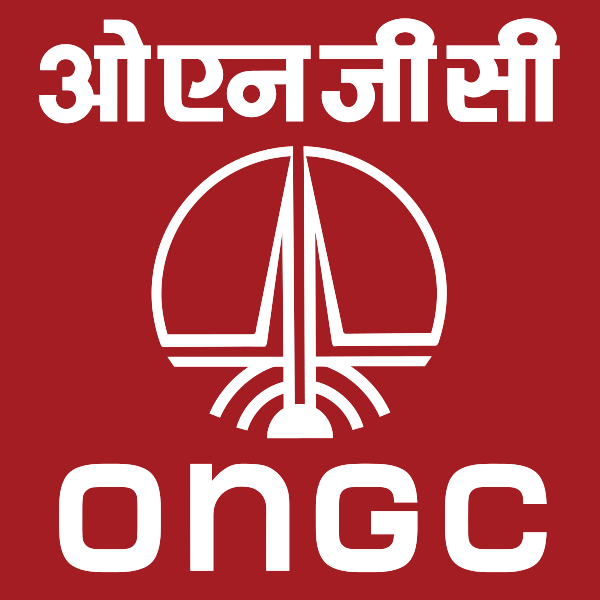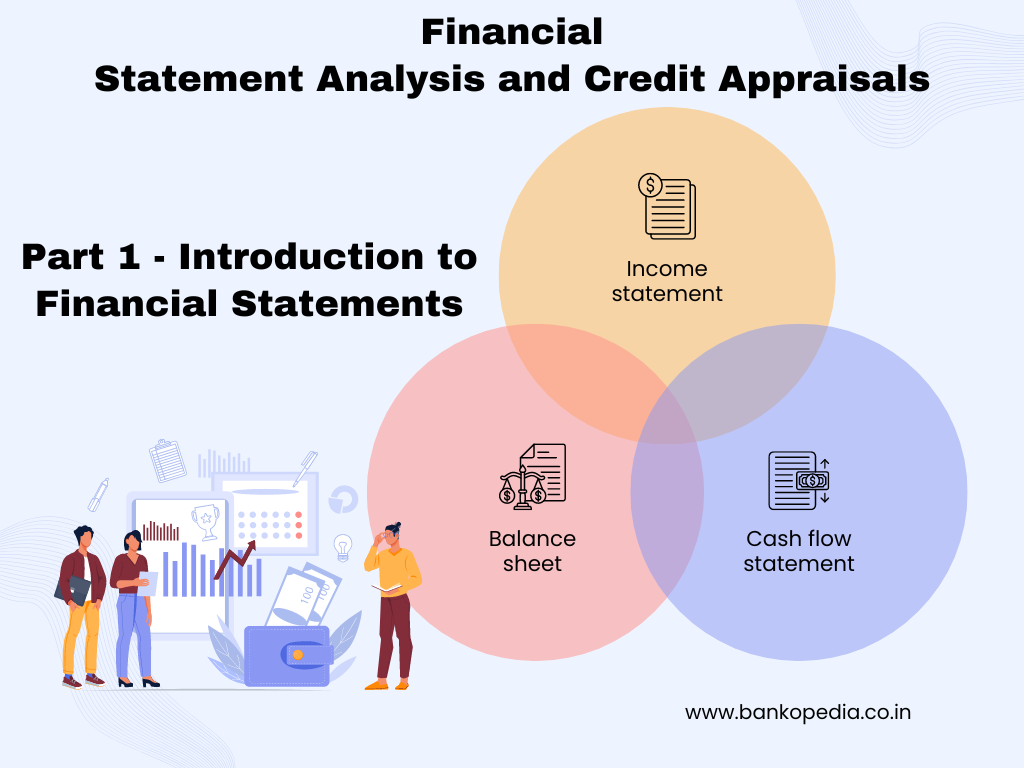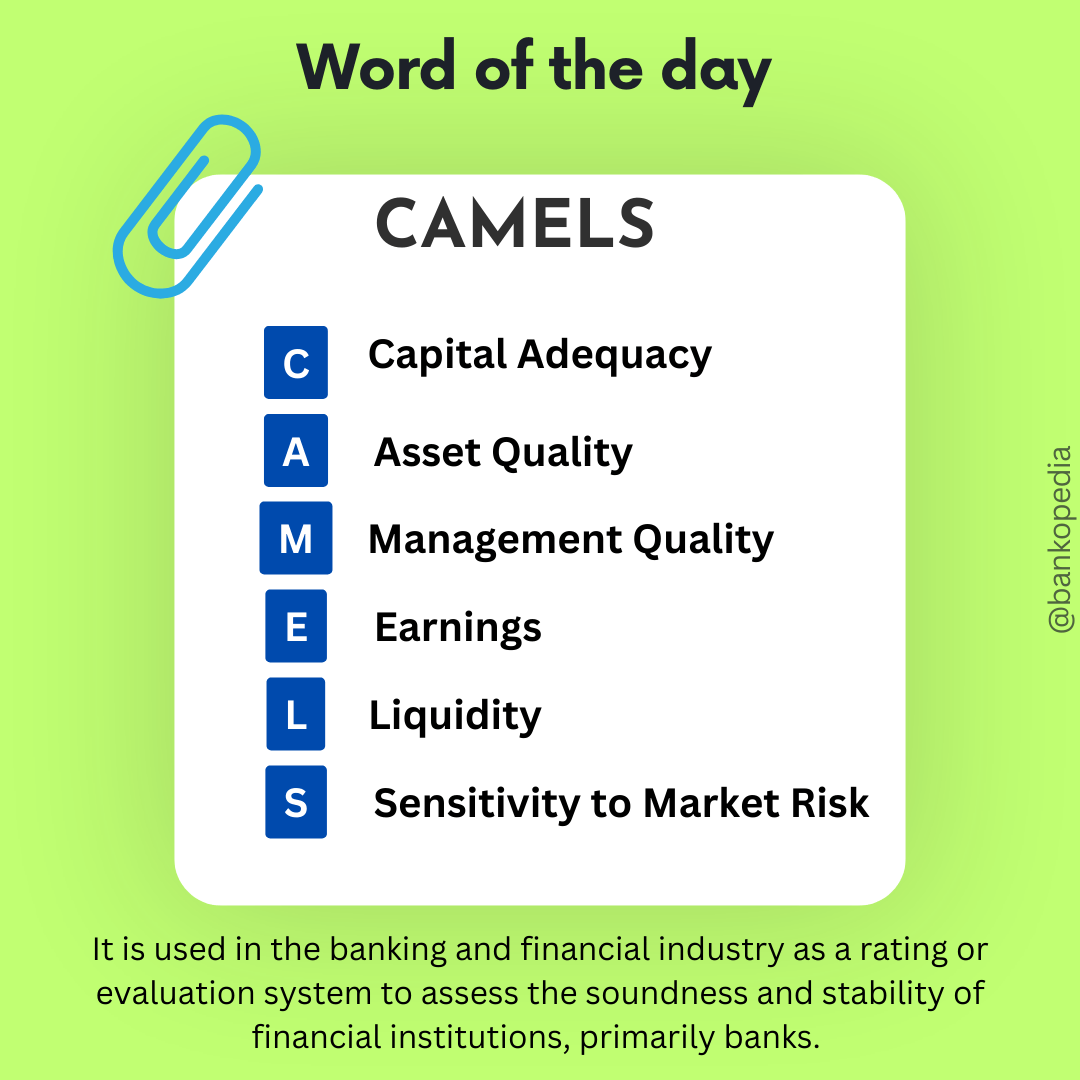Welcome to Daily Banking Digest, your premier source for the latest news and insights on March 26, 2024, focusing on banking, the economy, and finance. Our platform offers a comprehensive overview of the day’s most critical financial stories, market trends, and economic developments. Whether you’re a professional in the financial sector, an investor monitoring market movement, or someone interested in staying informed about the economic landscape, Daily Banking Digest provides reliable, up-to-date information.
Join our Telegram Channel for Daily PDF in your Inbox – Click Here
Table of Contents
Nearly Half of MPLAD Funds in Gujarat Remained Unused from 2019-24
Between 2019 and 2024, approximately 48% of the allocated MPLAD funds in Gujarat remained unutilized. Despite receiving ₹220 crore in funds, MPs spent only ₹230 crore, leaving ₹31 crore unspent. The highest unspent balance was in Amit Shah’s Gandhinagar constituency, with ₹3.54 crore remaining.
Key Points
MPLAD Scheme – Started in 1993, the MPLAD Scheme allows MPs to spend funds on local development projects. – Between 2019 and 2024, the scheme was frozen for 1.5 years due to the COVID-19 pandemic. – Each MP was entitled to spend ₹17 crore in their constituency.
Gujarat MPLAD Funds – Total entitled amount for 26 Gujarat MPs: ₹442 crore – Recommended works: ₹354 crore – Sanctioned works: ₹269 crore – Funds released: ₹220 crore – Expenditure incurred: ₹230 crore – Unspent balance: ₹31 crore (13.5% of released funds)
Unspent Balances – Highest unspent balance: Amit Shah’s Gandhinagar constituency (₹3.54 crore) – Other constituencies with high unspent balances: Kutch, Kheda, Jamnagar, Patan
Reasons for Unspent Funds – MPs may not have recommended sufficient works. – Government may not have allocated more funds without MP recommendations.
India’s Foreign Minister Jaishankar Strengthens Bilateral Ties with Singapore
External Affairs Minister Dr. S. Jaishankar met with Singaporean officials to discuss bilateral ties, the Indo-Pacific, and West Asia. He held separate meetings with Foreign Minister Vivian Balakrishnan, Trade and Industry Minister Gan Kim Yong, and Senior Minister Teo Chee Hean. The discussions covered trade, defense, energy, and regional security. Jaishankar’s visit to Singapore is part of a three-country tour that also includes the Philippines and Malaysia.
Key Points:
Bilateral Ties: – Discussed ways to further enhance bilateral cooperation. – Reviewed progress of existing cooperation. – Prepared for the next India-Singapore Ministerial Roundtable (ISMR) meeting. – Marked 60 years of diplomatic ties.
Indo-Pacific and West Asia: – Exchanged views on the Indo-Pacific and West Asia regions. – Discussed regional security and stability.
Trade and Industry: – Discussed trade, semiconductors, space, green energy, supply chains, and defense. – Explored opportunities for collaboration in these areas.
Regional and Global Issues: – Exchanged perspectives on regional and global issues. – Discussed transformational changes in India and their implications for the partnership.
Upcoming Visits: – Jaishankar is scheduled to visit the Philippines and Malaysia after Singapore. – The visits aim to enhance bilateral relations and engage on regional issues of mutual concern.
HFCs’ Assets Under Management (AUM) Projected to Surge by 12-14% in Fiscal Years 2024 and 2025
Housing finance companies (HFCs) in India are projected to experience a 12-14% growth in their assets under management (AUM) during FY24 and FY25. This growth is driven by continued momentum in housing loans and an anticipated revival in developer loans. While wholesale financing is expected to increase, it will likely remain within 10-12% of HFCs’ portfolios.
Key Points:
Growth Drivers: – Robust demand in the residential real estate sector – Improving affordability, urbanization, and favorable demographics – Government policies and low-interest rates
HFC Performance: – 9% AUM growth in FY23 – 13% growth in housing loans – Marginal contraction in non-housing portfolio
Developer Financing: – Expected gradual recovery in developer financing – Shrinking pool of stressed developers – Improved resolution and recovery rates
Asset Quality: – Net NPA to net worth improved to 11.7% – Healthy Stage 3 provision cover ratio of 42%
Profitability: – Robust profitability supported by portfolio growth and asset quality – Anticipated interest rate cuts may impact margins – Return on total assets (ROTA) expected to approach pre-Covid levels
Risks: – Regulatory changes – Tighter liquidity – Elevated interest rates – Delayed resolutions in wholesale loans – Competition from banks
Bengaluru IT Companies Encouraged to Implement Work-from-Home for 15 Lakh Employees Amidst Water Scarcity
Bengaluru is facing a severe water crisis, prompting calls for Work From Home (WFH) measures to reduce the city’s population and alleviate pressure on water resources. Legal experts and water experts support this proposal, suggesting that WFH could allow IT workers to return to their hometowns, reducing the demand for water in Bengaluru.
Key Points:
Water Crisis in Bengaluru: – Bengaluru faces a shortage of 500 million liters of water per day. – The city’s population has surged to over 1.5 crore, putting a strain on resources.
WFH as a Solution: – Justice K Sreedhar Rao proposes WFH for IT workers to reduce the population by 10 lakh. – Netizens support WFH, arguing that it would allow people to return to their hometowns and conserve water.
Expert Opinions: – Legal luminaries and water experts advocate for WFH measures. – HSM Prakash warns of insufficient rainfall in 2024 and 2025, exacerbating the crisis.
Government Response: – The Karnataka government is optimistic that the completion of the Cauvery project phase 5 will ease the water crisis. – Nearly half of Bengaluru’s borewells have dried up.
Mauritius: An Ideal Gateway for Indian Investments into Africa
Mauritius’ Minister of Financial Services and Good Governance, Soomilduth Bholah, visited India to promote Mauritius as a gateway for Indian investors to access the African market. Mauritius offers expertise in African markets, resources, and political systems, ensuring the safety of investments through trade agreements with various African countries. The visit aimed to enhance investment flows into Africa, foster collaboration in financial services, IT, and private markets, and strengthen the India-Africa Corridor.
Key Points:
Mauritius as a Gateway to Africa: – Mauritius has strong understanding of African markets and can guide Indian investors. – Routing investments through Mauritius ensures safety due to trade agreements with African countries.
Mauritius’ Expertise in Finance: – Mauritius International Financial Centre (IFC) played a pivotal role in India’s growth in the late 90s and early 2000s. – Mauritius IFC remains a key jurisdiction for structuring foreign investment into India.
Collaboration and Innovation: – Joint efforts aim to unlock opportunities in investment, trade, sustainable financing, and technological advancement. – The visit showcased the strengths of the Mauritian IFC and its commitment to facilitating foreign investment.
Focus on Key Areas: – The mission focused on partnerships in financial services, IT, and private markets. – The goal was to identify synergies and create frameworks for mutually beneficial cooperation.
India-Africa Corridor: – The delegation explored opportunities to reinforce the India-Africa Corridor. – The aim was to foster shared prosperity and economic development in the region.
ONGC to Explore Oil and Gas Potential in Bihar
ONGC plans to drill an exploratory well in Bihar this year, aiming to discover oil and gas in the Ganga basin. A successful discovery could open up the entire basin for exploration and boost the local economy.

Key Points:
Exploration Plans: – ONGC has acquired seismic data for 300 sq km in Samastipur, Bihar. – The company plans to drill two exploratory wells, with the first one scheduled for this year. – The first well’s data will guide further exploration plans.
Historical Context: – Exploratory drilling in Bihar was last conducted about 50 years ago. – New seismic data has emerged since then, which can be calibrated through well drilling.
Potential Impact: – A commercial discovery would put Bihar on India’s oil map. – It would open up the Ganga basin for future exploration. – It could transform the energy scenario and foster local industry development.
Challenges: – ONGC faces hurdles in acquiring land for its exploratory well in Ballia, Uttar Pradesh. – Multiple land owners and collective ownership make land acquisition difficult. – ONGC has shifted the well location to facilitate land acquisition.
Role of Explorers: – Explorers must directly negotiate with landowners to acquire land. – They have limited time to conduct surveys, obtain clearances, and drill wells to assess the commercial viability of an area.
IRDAI Maintains Surrender Value Norms Despite Industry Resistance
The Insurance Regulatory and Development Authority of India (IRDAI) has retained the existing surrender values for life insurance policies and permitted the sale of Index Linked Insurance Products. The regulator made these decisions after considering concerns raised by life insurers and industry feedback.

Key Points:
Surrender Values:
- IRDAI retained the existing surrender values for life insurance policies.
- Guaranteed surrender value for regular pay: 30% in the second year, 35% in the third year, 50% between 4 to 7 years, and 90% during the last 2 years.
- Guaranteed surrender value for single premium products: 75% of the total premium paid within three years, 90% within the last two years of the policy period.
Index Linked Insurance Products:
- IRDAI recognized Index Linked Insurance Products where the Net Asset Value (NAV) is linked to publicly available indexes.
Non-Linked Insurance Products:
- Benefits in non-linked insurance savings products should be guaranteed in terms of an absolute amount at the policy’s inception.
- Survival & maturity benefits in savings products should be guaranteed and result in a non-zero positive return to policyholders.
Pension Products:
- Pension products should have defined assured benefits payable on death, health contingency, or vesting.
Discontinuation of Linked Policies:
- After 5 years, customers can surrender linked policies and receive the unit fund value.
- If the policy is not revived within 3 years of the first unpaid premium, it will terminate, and the fund value will be paid at the end of the revival period.
Product Classification:
- Insurers must classify insurance products as linked or non-linked.
- Linked insurance products include unit linked and index linked products.
- Non-linked insurance products include with participation and without participation products.
- Linked insurance products can only be offered under the non-par product category.
Separate Discontinued Fund:
- Insurers must maintain separate discontinued funds for pension products, other life insurance products, and health insurance products.
RBL Bank’s Strategic Shift: Expanding Retail Presence and Reducing Wholesale Exposure
RBL Bank faced challenges a few years ago, prompting regulatory intervention and a management shakeup. The new CEO, R Subramaniakumar, implemented a turnaround strategy focused on introducing new retail products, leveraging the bank’s distribution network, and reducing corporate exposure. The bank aims to increase its retail-to-wholesale ratio, expand its product offerings, and improve its financial metrics by 2026.

Key Points
Turnaround Strategy – Introduction of multiple retail asset products (housing loans, loans against property) – Exploitation of the distribution network of 500+ branches for retail loans
Next Phase – Launch of multiple asset products to acquire customers – Focus on commercial loans to SMEs
Corporate Exposure – Reduction in high-value corporate loans – Diversification into smaller accounts
Retail Focus – Leveraging existing credit card, microfinance, and liability customers – Expansion into new products (two-wheelers, gold loans)
Profitability – Maintenance of high net interest margin – Shift from wholesale banking to retail banking
Credit Cards – Retention of current share of 23-24% – Introduction of new products to support growth
Financial Metrics – Target ROA of 1.3-1.4% – Growth of advances and deposits by 18-20% – Increase in granular deposits (less than ₹2 crore) to 50% share
NBFC Exposure – Maintenance of current exposure at 5% of total assets – Stringent risk underwriting policies
Co-Branded Cards – Limited growth in co-branded card portfolio – Focus on direct selling and sourcing business from the market
Dell Implements Workforce Reductions and Hiring Restrictions to Optimize Costs
Dell Technologies has implemented cost-cutting measures, including workforce reductions, to address declining demand for personal computers. Despite near-term challenges, the company anticipates improved demand and a more competitive pricing environment in the future. However, rising input costs and the impact of VMware’s acquisition by Broadcom are expected to affect revenue.
Key Points:
Workforce Reduction: – Dell reduced its workforce by approximately 6,000 employees, bringing the total to nearly 120,000 as of February 2, 2024.
Revenue Decline: – Sluggish demand for personal computers contributed to an 11% drop in revenue in the fourth quarter of 2023.
Client Solutions Group (CSG) Outlook: – Dell expects net revenue in the CSG, which includes PCs, to grow for the entire year despite a 12% decline in the fourth quarter.
Near-Term Challenges: – Dell acknowledges near-term challenges but anticipates improved demand and a more competitive pricing environment in FY 2025.
Rising Input Costs: – The company expects input costs to rise, impacting revenue.
VMware Impact: – Dell anticipates a continued reduction in revenue from other businesses due to changes in its commercial relationship with VMware.
Previous Layoffs: – Dell previously laid off 6,650 employees in 2023 in anticipation of a recession and declining PC demand.
Indian Steelmakers Face Challenges Amidst Rising Imports and Pre-Election Demand Slowdown
The Indian steel industry is facing challenges due to a surge in imports and a slowdown in demand. Imports from China and ASEAN countries have increased significantly, putting pressure on domestic steel prices. Additionally, demand has slowed down ahead of upcoming elections, further impacting the industry. This situation is occurring amidst a period of significant capacity expansion in the domestic steel sector, raising concerns about the potential impact on investment and economic growth.
Key Points:
Rise in Imports:
- Steel imports have increased from 4.95 mt in FY23 to 7.25 mt in FY24 (till February).
- Imports from China have surged by 88% in the April-February period of FY24.
- Imports from ASEAN countries have also increased sharply.
Demand Slowdown:
- Steel consumption growth has slowed down to 12.8% for FY24, compared to 14.5% in the first 10 months.
- Government infrastructure spending has slowed down ahead of elections, impacting demand.
Capacity Expansion:
- The domestic steel industry is undergoing a massive expansion, with 38.5 mtpa of new capacity expected between FY24 and FY27.
- Concerns exist that unchecked imports could undermine this expansion cycle.
Impact on Companies:
- Declining profit margins due to imports and slowing demand could lead to delays in capex initiatives.
- This could impact the country’s goal of self-reliance under the Make in India initiative.
Unauthorized Account Openings and High Dropout Rates in APY: ICSSR Study Reveals
A study by the Indian Council of Social Science Research (ICSSR) revealed that nearly one-third of subscribers who dropped out of the Atal Pension Yojana (APY) did so because their accounts were opened without their explicit permission. The study also found that the majority of subscribers were in the lowest pension slab of Rs 1,000 due to low monthly contributions.
Key Points:
Unauthorized Account Opening: – 32% of subscribers dropped out due to unauthorized account opening by bank employees to meet enrolment targets.
Financial Need: – 38% of subscribers dropped out due to financial constraints.
Insufficient Funds: – 15% of subscribers dropped out due to lack of funds to maintain the account.
Preponderance of Lowest Pension Slab: – The majority of subscribers were in the lowest pension slab of Rs 1,000 due to low monthly contributions.
Target-Driven Banking Agents: – Banking agents were motivated to open accounts in the lowest slab to achieve targets, even without explicit permission from individuals.
Low Contribution for Lowest Slab: – The monthly contribution for the lowest pension slab was only Rs 46, making it easy to go unnoticed.
Decline in Higher Pension Slabs: – The share of accounts in the highest pension slab of Rs 5,000 per month had declined from 46% to 11% over the period FY16 to FY23.
Need for Higher Pension Slabs: – The study recommended introducing higher pension slabs due to the long payout period and low present-value returns.
Flexibility and Increased Returns: – The study suggested allowing premature payouts and increasing premium payments to enhance returns and make the scheme more attractive.
No Bids Received for Lithium Block in Jammu and Kashmir’s First Critical Mineral Auction
The maiden auction of critical minerals by the Indian government has faced a setback, with seven blocks, including the lithium block in Jammu & Kashmir, receiving no bids. The lack of interest stems from perceived unviability due to limited exploration data and high investment costs. The government has announced a second auction round, but experts remain skeptical about India’s ability to achieve self-sufficiency in critical minerals due to policy uncertainties and lack of domestic expertise.
Key Points:
Lack of Bids: – Seven critical mineral blocks, including lithium, received no bids in the first auction round. – Potential buyers are hesitant due to perceived unviability and uncertainty about reserve value.
Second Auction Round: – The government has announced a second auction round on March 14. – The proceedings and results will be on hold due to the model code of conduct.
Exploration Data: – The lithium block in J&K has only undergone G3 level exploration, leaving ambiguity about reserve value. – Investors are hesitant to commit funds without a thorough assessment of the resource’s worth.
Exploration Stages: – Mineral exploration is divided into four stages: G4 (reconnaissance), G3 (prospecting), G2 (general exploration), and G1 (detailed exploration). – G3 and G4 stages have low-confidence estimates, while G2 and G1 stages have moderate and high-confidence estimates, respectively.
Investment Costs: – The high cost of investment in exploration has deterred potential investors from participating in the bidding process.
Lack of Domestic Expertise: – No domestic players possess expertise in critical mineral mining. – Foreign investors are hesitant to make significant investments due to lack of policy clarity.
Import Reliance: – India imports a significant amount of critical minerals, primarily from China. – The setback in the auction raises concerns about India’s ability to reduce its reliance on imports.
Import Value: – The import value of critical minerals increased by 34% from FY22 to FY23, reaching $11 billion.
RBI Expected to Maintain Interest Rates Until Mid-2023 Amidst Robust Economic Growth
The Reserve Bank of India (RBI) is expected to maintain interest rates at 6.50% until at least July due to strong economic growth and elevated inflation. Economists predict a rate cut in the third quarter, with the rate expected to reach 6.25% by September and 6.00% by the end of the year. The RBI’s cautious approach is influenced by inflation remaining above 5% and the strong GDP growth in the fourth quarter of 2023.
Key Points:
- Interest Rate Hold: RBI to keep repo rate unchanged at 6.50% until at least July.
- Growth and Inflation: Strong economic growth (8.4% in Q4 2023) and elevated inflation (5.09% in February) support rate hold.
- Rate Cut Timing: Economists divided on timing of first rate cut, with most predicting it in the third quarter.
- Inflation Outlook: Inflation expected to decline to 4.00% in Q3 2023 before rising again.
- Growth Forecast: Growth forecast to slow to 6.6% in FY24 but remain fastest among major economies.
- Comparison to Fed: RBI expected to keep rates elevated longer than the Federal Reserve, which is expected to cut rates in June.
- Interest Rate Differential: Interest rate differential between India and the US expected to settle near historical trend.
Indian Refineries Increase US Crude Purchases Amidst Enhanced Russian Oil Sanctions
India is set to receive a significant increase in U.S. crude oil imports next month, with over 250,000 barrels per day expected to arrive. This surge comes amid tighter enforcement of sanctions on Russian crude, which has prompted India to diversify its oil supplies.
Key Points:
Increased U.S. Crude Imports: – Over 250,000 barrels per day of U.S. crude is expected to arrive in India next month. – This represents the highest level of U.S. crude imports in over a year.
Diversification of Oil Supplies: – India is seeking to diversify its oil supplies due to sanctions on Russian crude. – India was the top buyer of Russian oil last year.
Sanctions on Russian Crude: – The U.S. has tightened sanctions on Russian crude, targeting state-owned shipping firm Sovcomflot and crude oil tankers. – Reliance Industries, India’s largest refiner, will not purchase Russian oil loaded on Sovcomflot tankers.
Impact on Russian Oil Imports: – Indian refiners are planning to avoid Sovcomflot vessels, which could reduce imports of Russian oil. – Russia may face fewer outlets for its crude oil exports.











